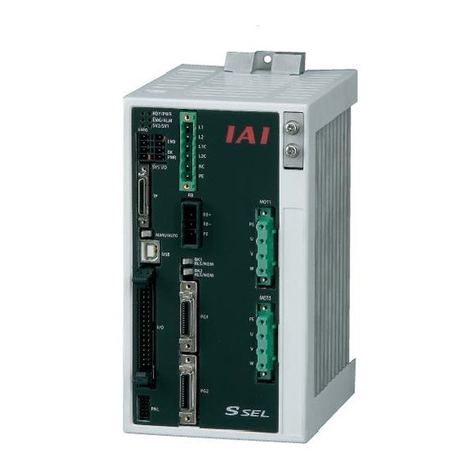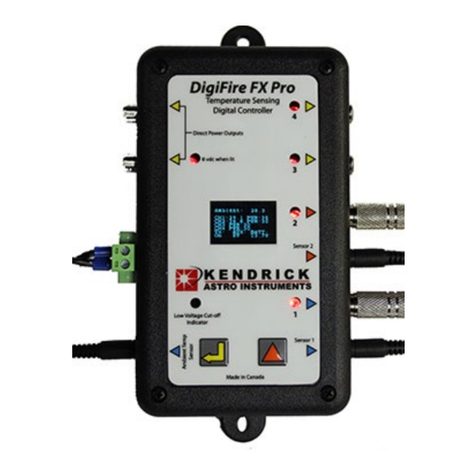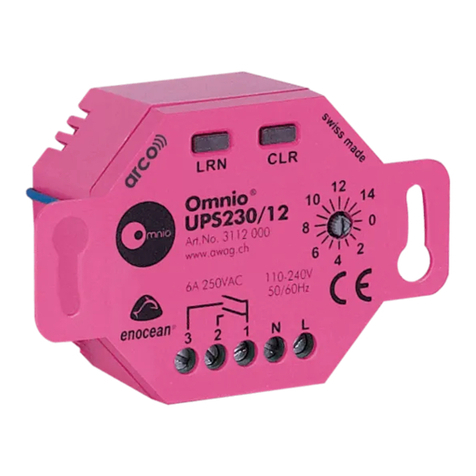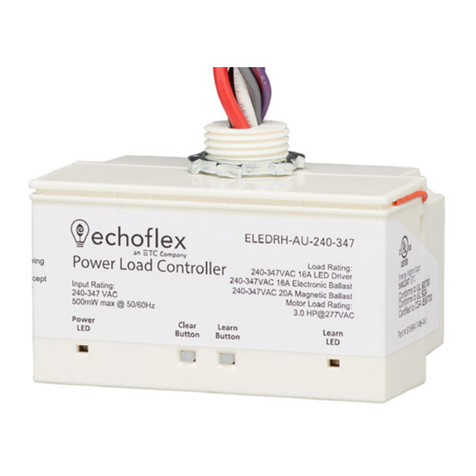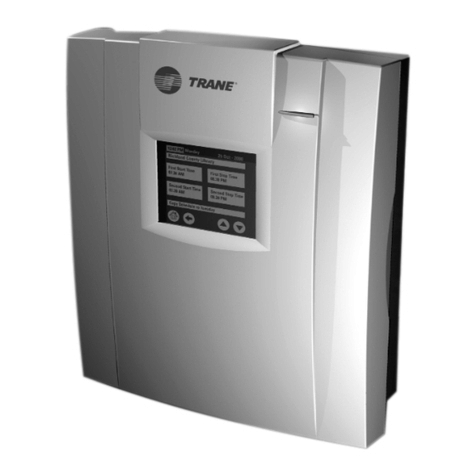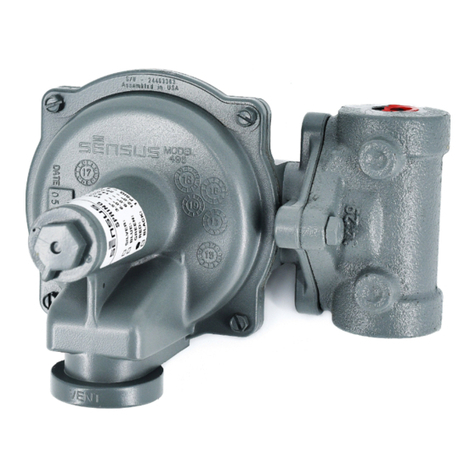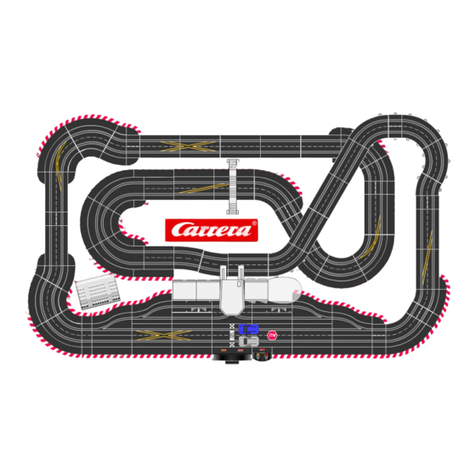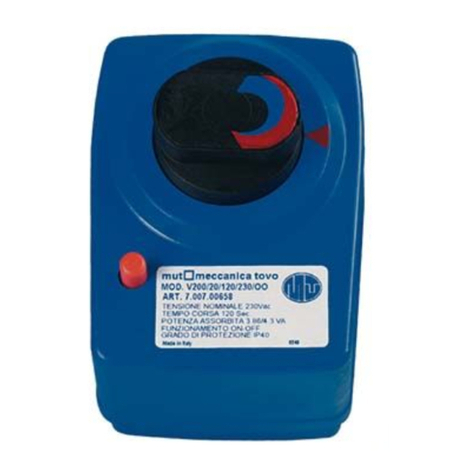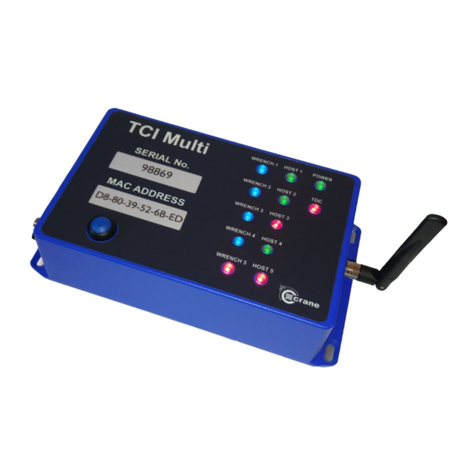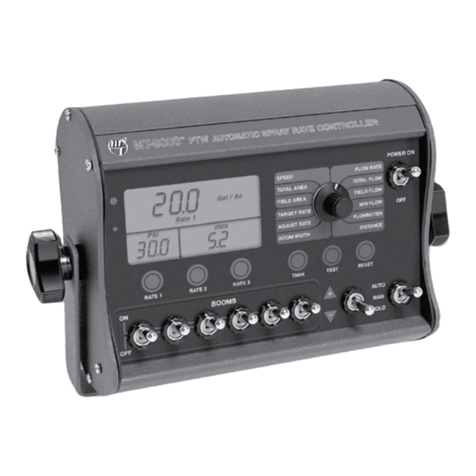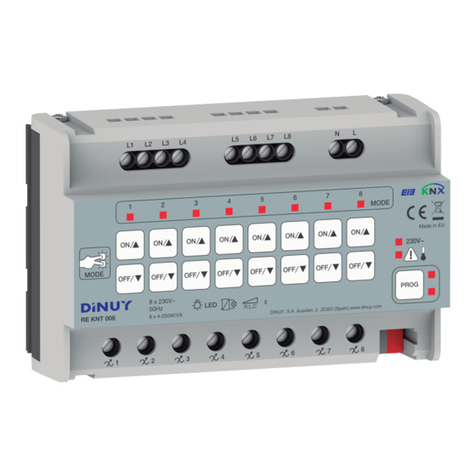Theben RM 4 H FIX1 User manual




















This manual suits for next models
1
Table of contents
Other Theben Controllers manuals
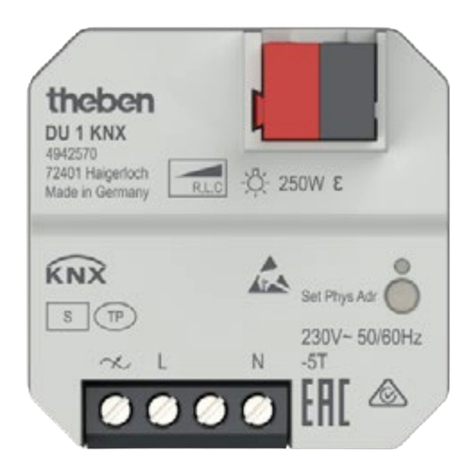
Theben
Theben DU 1 User manual
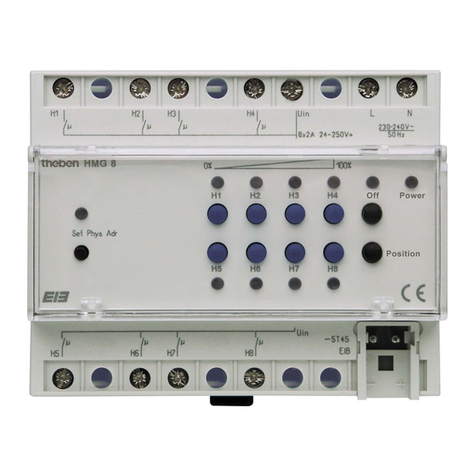
Theben
Theben HMG 8 User manual
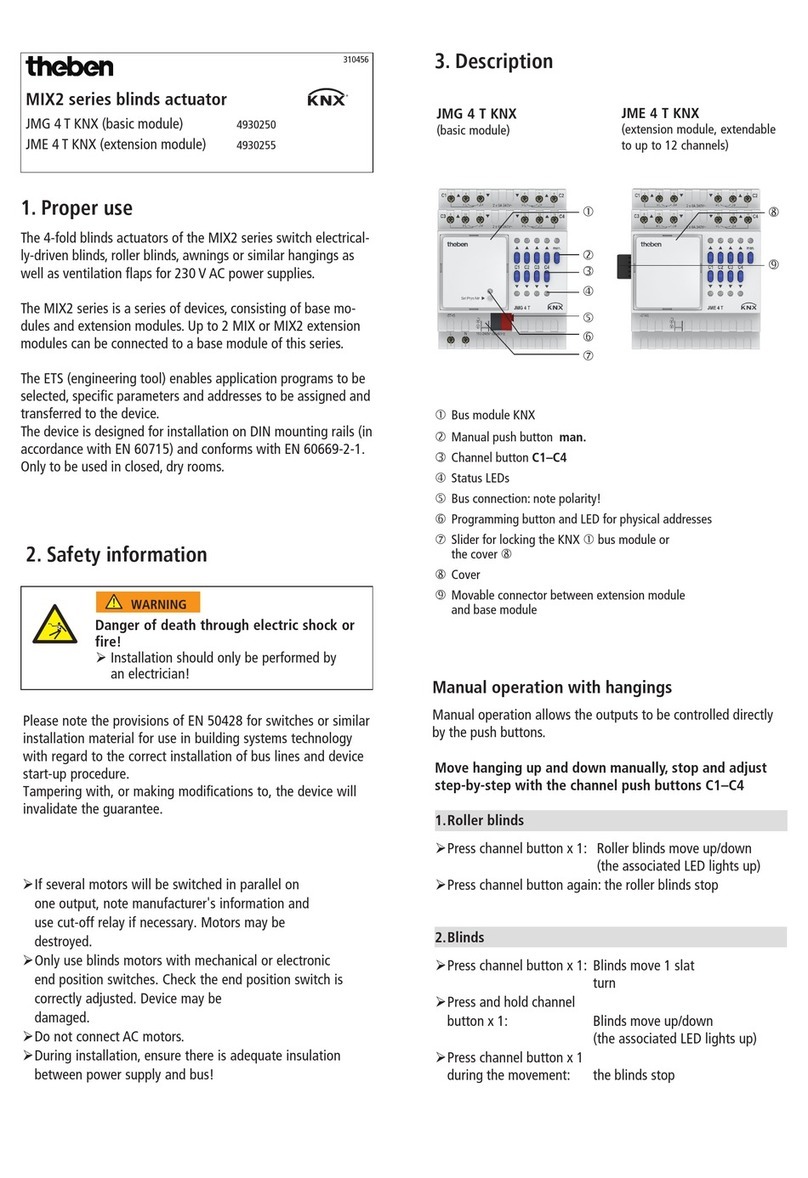
Theben
Theben JMG 4 T KNX User manual
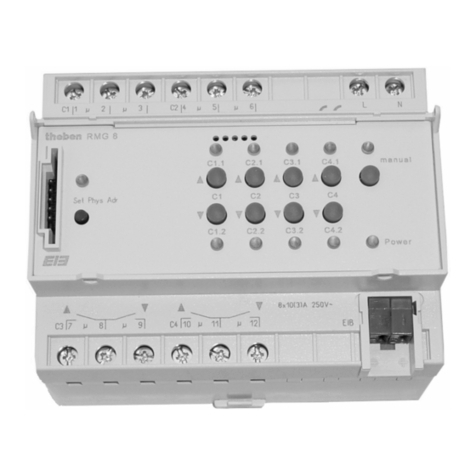
Theben
Theben RMG 8 User manual
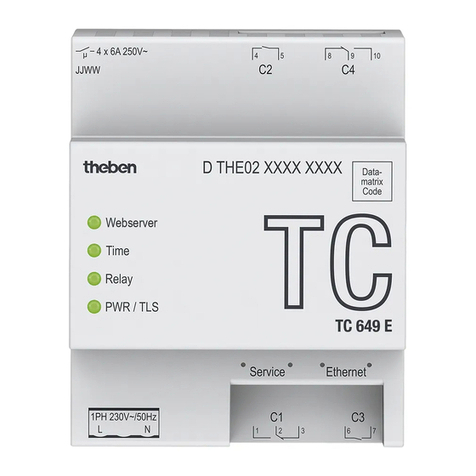
Theben
Theben TC 649 E User manual
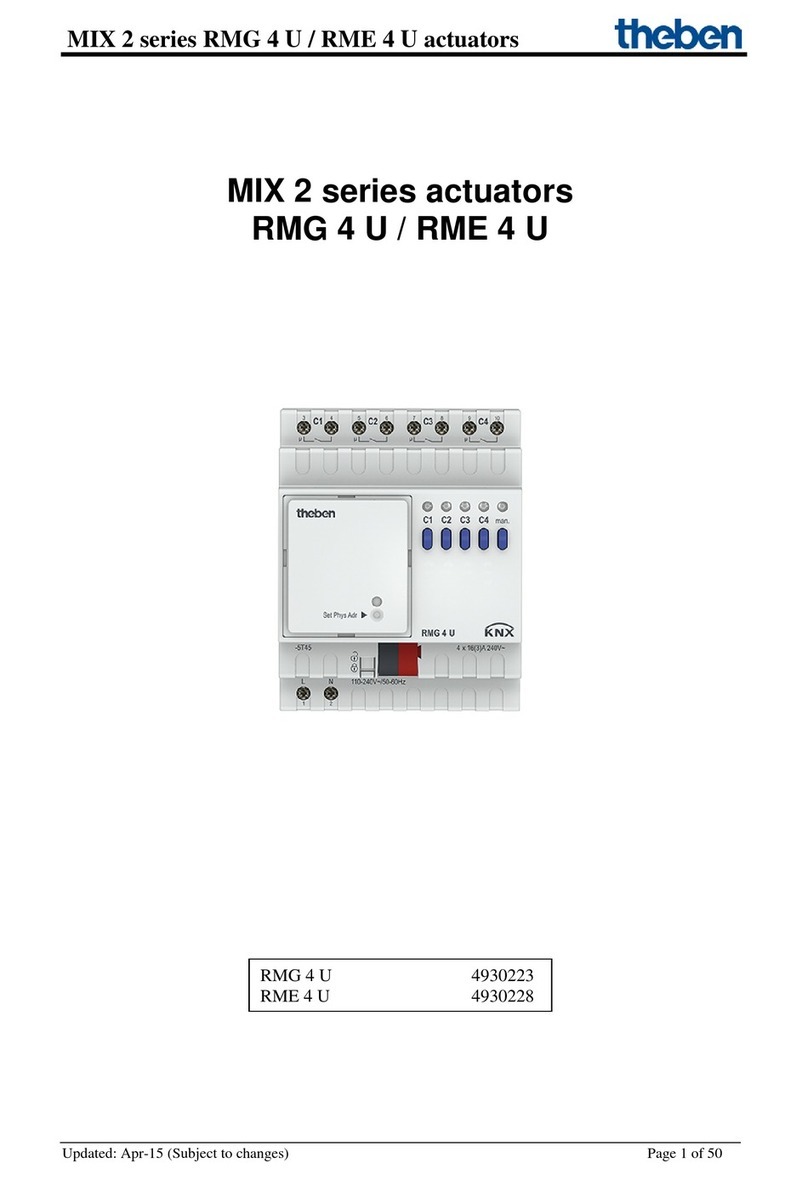
Theben
Theben MIX 2 Series User manual
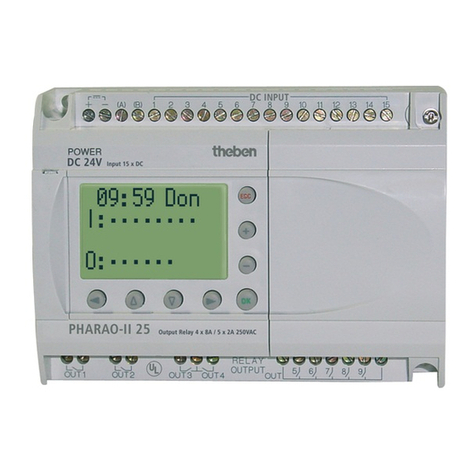
Theben
Theben PH-II Series User manual
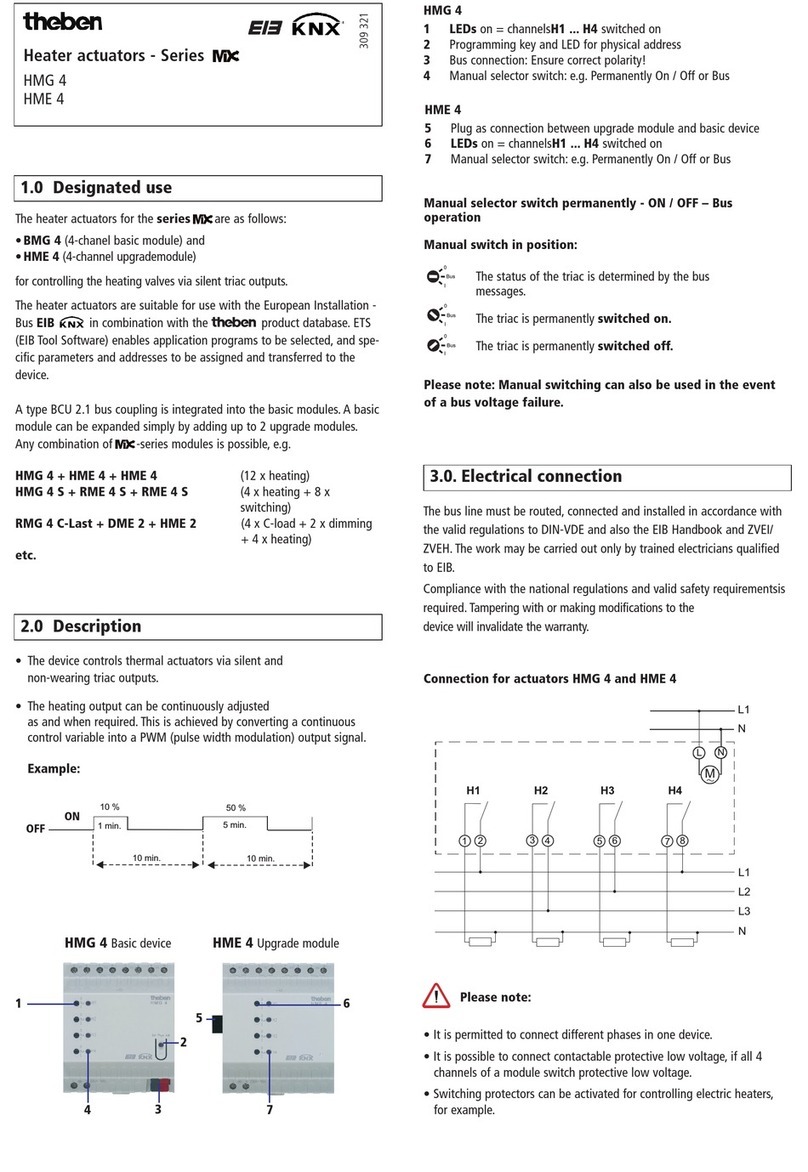
Theben
Theben Mix Series User manual

Theben
Theben RAMSES 856 top2 Installation guide
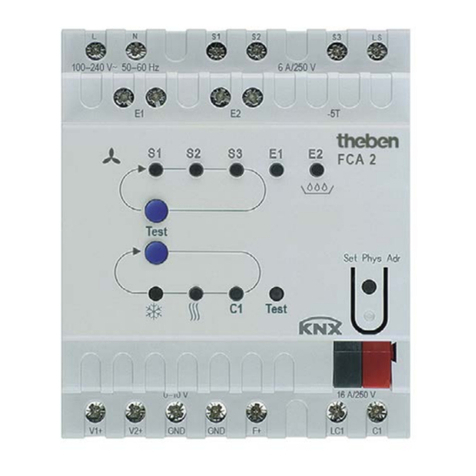
Theben
Theben FCA 2 User manual
Popular Controllers manuals by other brands

ZyXEL Communications
ZyXEL Communications NXC2500 quick start guide
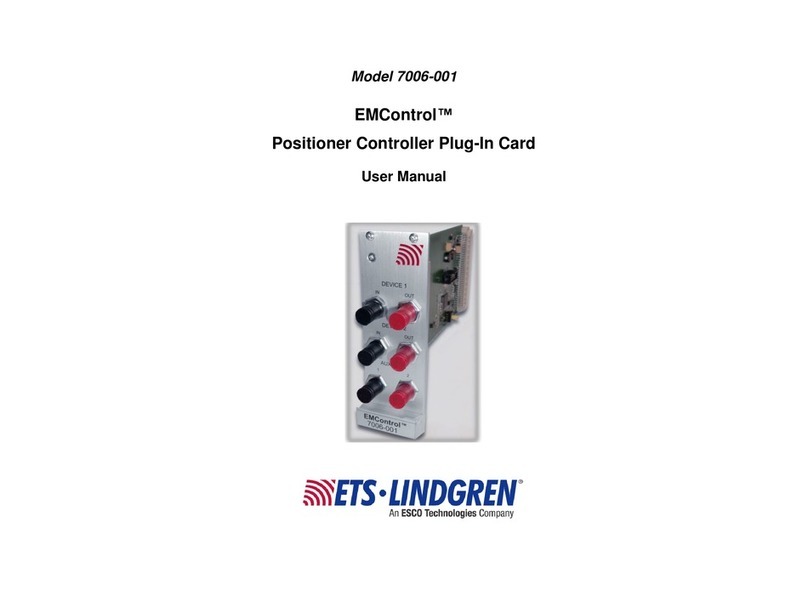
ESCO Technologies
ESCO Technologies ETS-Lindgren EMControl 7006-001 user manual
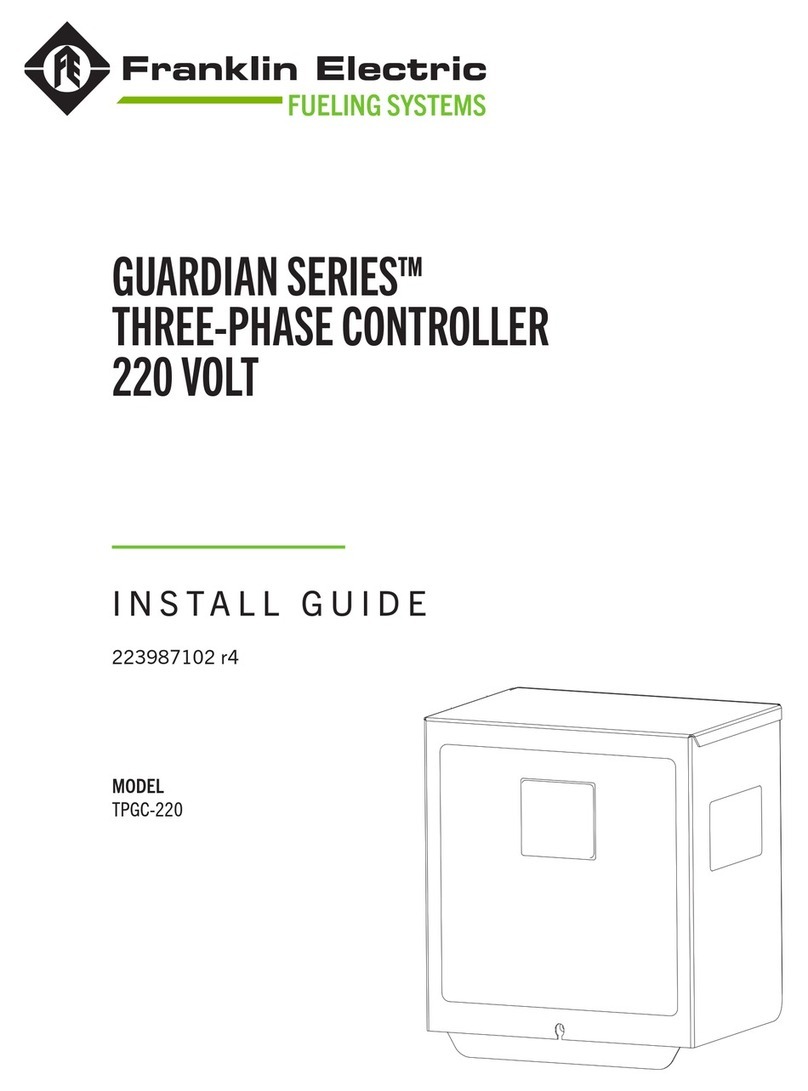
Franklin Electric
Franklin Electric GUARDIAN Series install guide
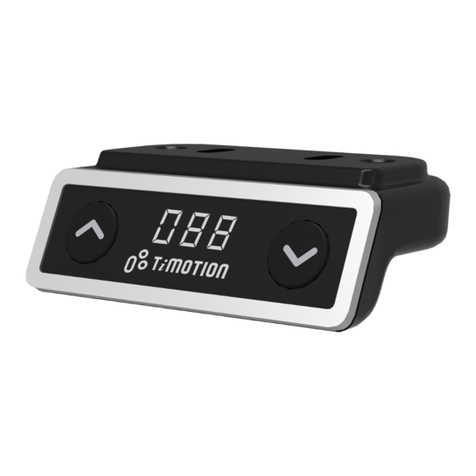
Timotion
Timotion TDH8D user manual

Allen-Bradley
Allen-Bradley 1512B user manual
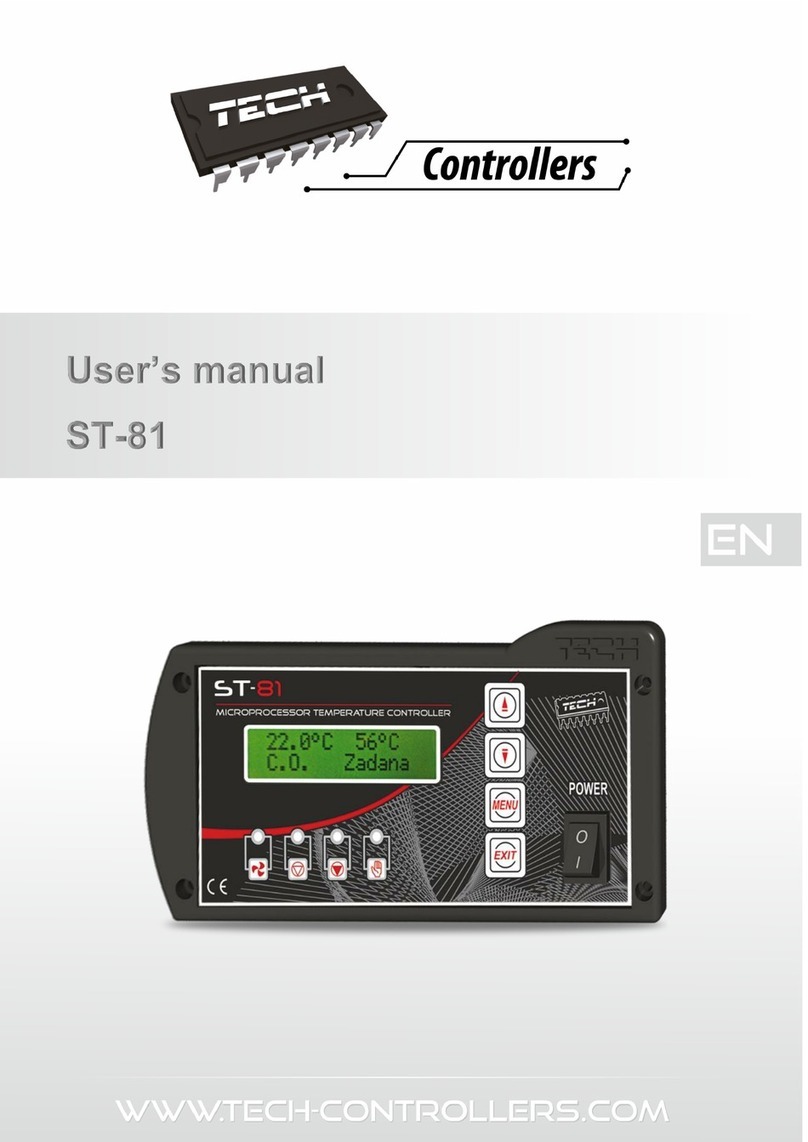
Tech Controllers
Tech Controllers ST-81 user manual
